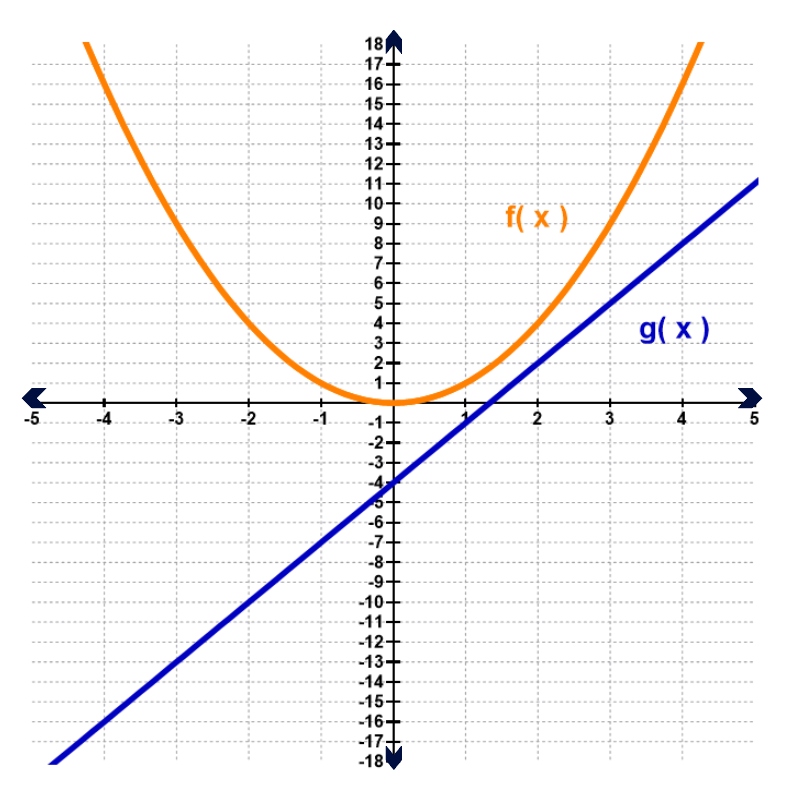Here are the essential concepts you must grasp in order to answer the question correctly.
Function Evaluation
Function evaluation involves substituting a specific input value into a function to determine its output. In this case, evaluating (f-g)(1) requires finding the values of f(1) and g(1) from the graph, and then calculating the difference between these two outputs.
Recommended video:
Evaluating Composed Functions
Graph Interpretation
Interpreting graphs is essential for understanding the behavior of functions visually. The graph shows two functions, f(x) and g(x), where f(x) is a quadratic function and g(x) is a linear function. Observing their intersection points and values at specific x-coordinates helps in evaluating expressions involving these functions.
Recommended video:
Graphs and Coordinates - Example
Difference of Functions
The difference of functions, denoted as (f-g)(x), represents a new function created by subtracting the output of g(x) from f(x) for any input x. This concept is crucial for solving the problem, as it requires calculating the values of f and g at x=1 and then finding their difference to evaluate (f-g)(1).
Recommended video:

 Verified step by step guidance
Verified step by step guidance Verified video answer for a similar problem:
Verified video answer for a similar problem:



 5:2m
5:2m